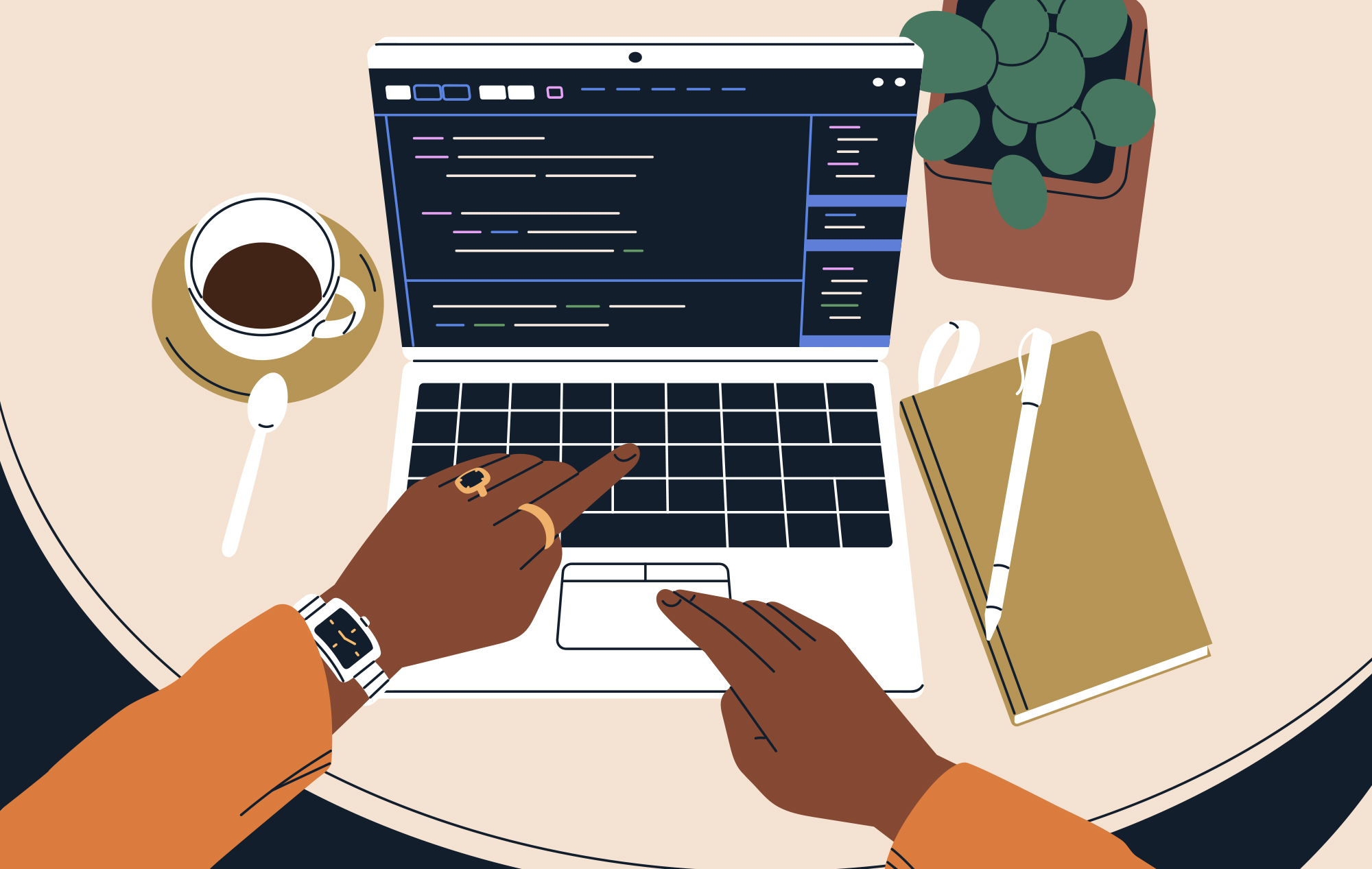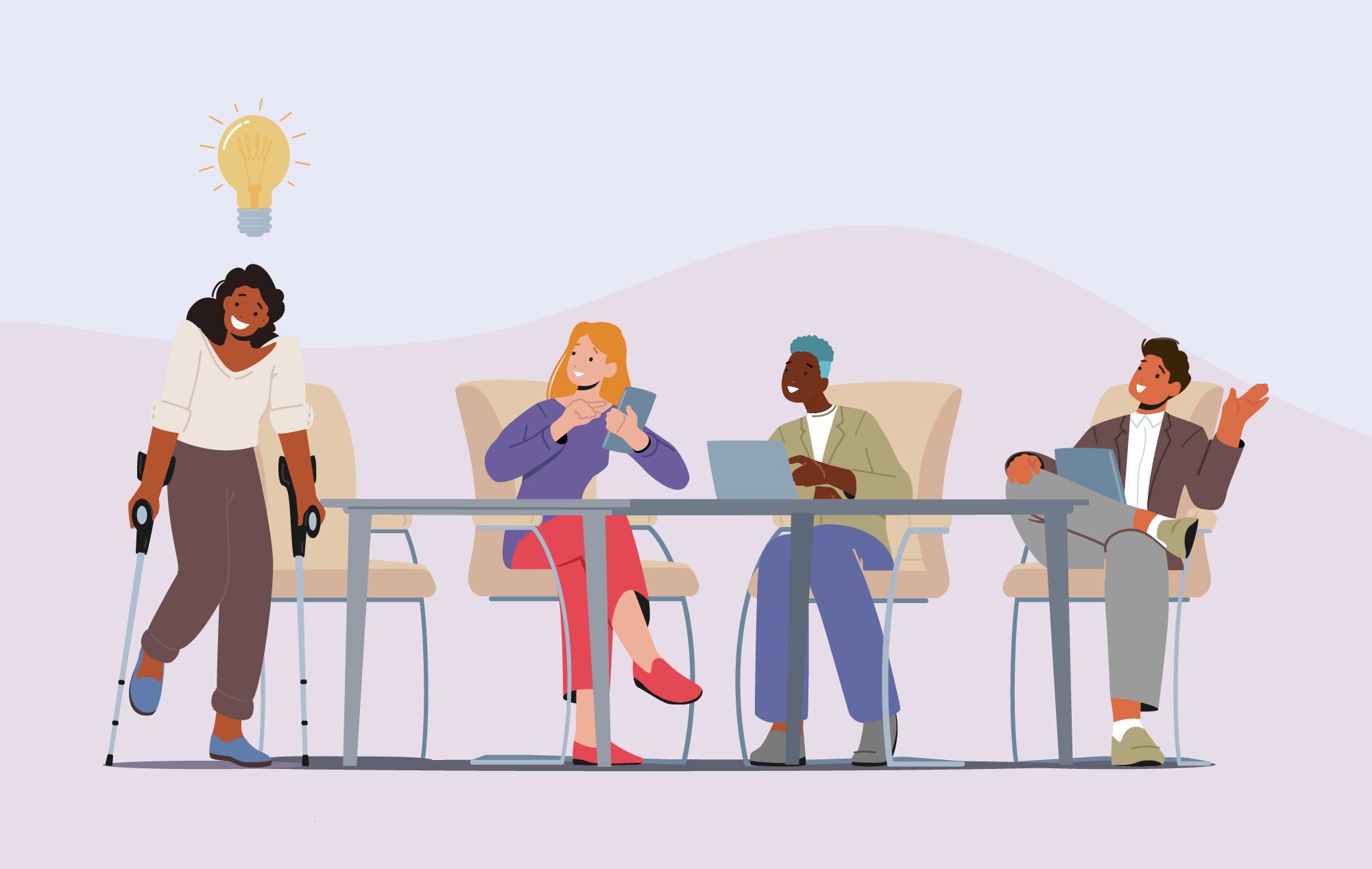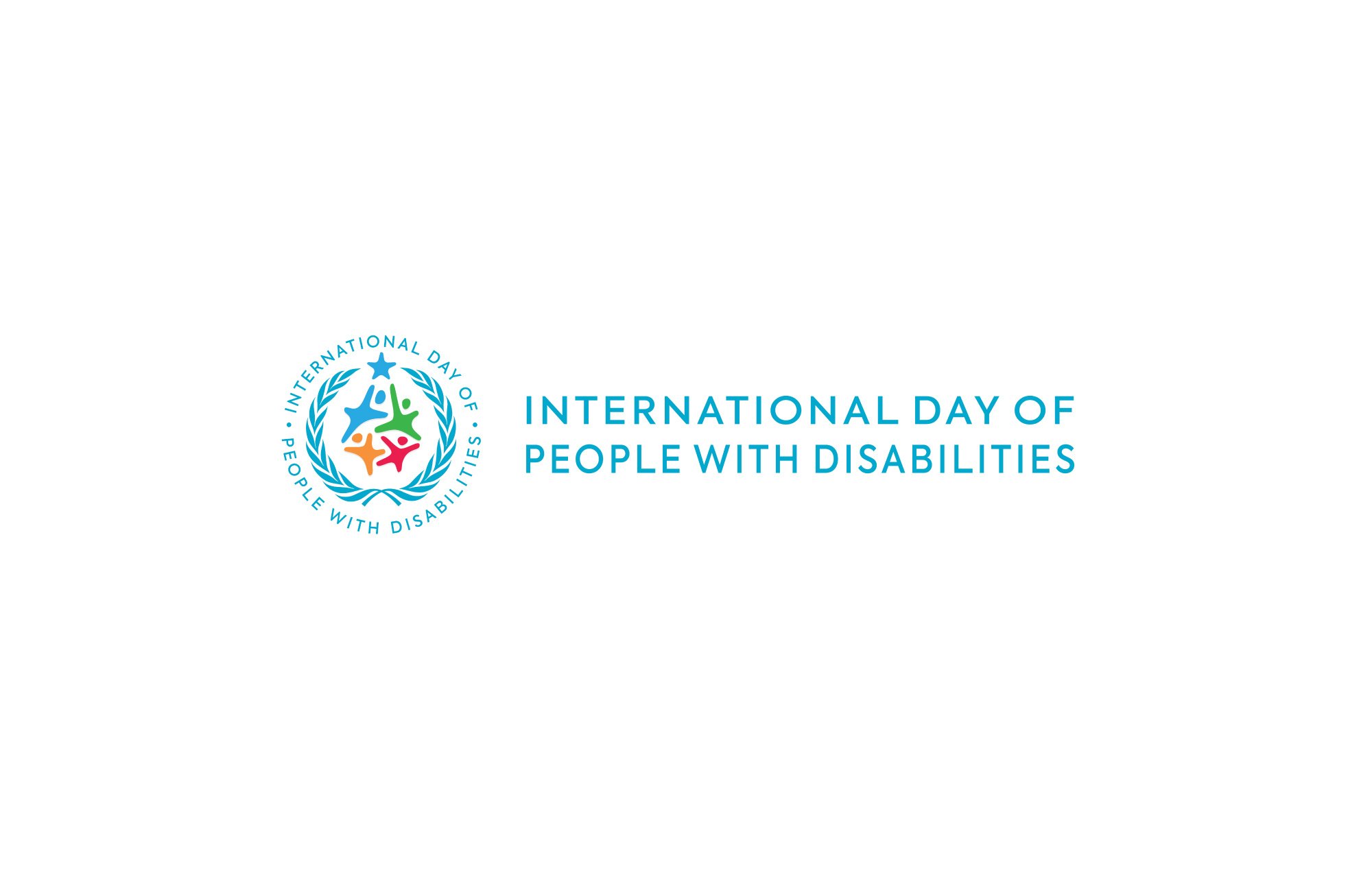Global Accessibility Awareness Day (GAAD) falls on the third Thursday of every May, drawing attention to the lack of inclusive design in digital spaces. Established 12 years ago by Joe Devon and Jennison Asuncion, GAAD highlights what organizations should be doing every day, all year round, to ensure their digital properties, professional spaces, and company processes are as accessible and inclusive as possible.
So what are a few things your organization can do to embrace more inclusive design and greater accessibility? Where should you start?
Jacqueline Tolisano, Senior Director of Product Accessibility at Salesforce, talked with InclusionHub about her journey into inclusive design and outlines several reasons why accessibility should be at the core of what designers and developers do, rather than remain an afterthought.
Allyship Requires Curiosity & Respect
For Tolisano, her path to centering design around accessibility began with her own curiosity and a coworker’s willingness to share with her his experiences as a professional living with a disability.
“One of the things that led me to become really passionate about accessibility,” she recalls, “is that I shared an office with the person who ran the accessibility program.”
Tolisano’s coworker, who was visually impaired, routinely used assistive technology to perform many of his professional tasks.
“His computer was talking to him and I was very curious about it,” she continues. “So I wanted to learn everything that there was to know about assistive technology and these tools that help non-sighted people be able to live their lives and do their work. So I learned all about assistive technology and saw how independent he could be when those tools and the websites worked well together.”
Because of this friendship, Tolisano witnessed firsthand what her colleague experienced when accessibility was not a primary concern in digital design.
“And then I saw how much he struggled when those tools didn't interact well with websites,” she says. “That's where web accessibility is so important and why we make sure that digital content is accessible to everyone regardless of their ability.”
For many people, becoming more informed about accessibility issues and the regular challenges their team members with disabilities face can be uncomfortable. For instance, they're worried about saying something unintentionally insensitive and don’t know where to start.
Tolisano had a few words of advice for potential allies, and it starts with a genuine desire to learn more.
“My curiosity was about his computer talking to him. So basically I approached by asking him to educate me,” she says, careful not to make her colleague feel othered or overly examined by her questions.
Interested in learning more about his assistive technology, Tolisano asked: “Are you comfortable showing me how you use them so I can learn?”
She remembers him being “absolutely open to that.”
Just as inclusive employers are wise to ask employees what accommodations they might need to complete their job, Tolisano asked her coworker: “How can I support you when you're having a hard time or frustrated with a particular experience?”
“If it was being his eyes or if he was losing his orientation on the screen,” she says he would say: “Jackie, can you tell me where I am, where the cursor is, or where I'm currently navigating on the screen?” These were usually instances when websites weren’t coded properly.
The key here is to ask rather than assume the ways in which a coworker with a disability needs help, Tolisano is quick to point out. In working with many blind or visually impaired professionals, she’s learned “they all wanted things done a slightly different way. It's about inviting them into a conversation rather than making assumptions.”
Accessibility Shouldn’t Be a Design Afterthought
When working with people or organizations who push back on the need for inclusive design, Tolisano finds skeptics often view accessible design as an inconvenience or a tax on top of their supposed standard job.
“They consider it extra work that they need to do because we're in a climate of people having a lot to do,” she says. “We've got tight deadlines, things of that nature that people are like, ‘I can't deal with that right now.’ They become resistant because they feel like it's an extra thing for them to do rather than understanding that it's just a part of their job. It's not an extra thing we're asking you to do.”
The truth is, designers, developers, and project managers should know about accessibility.
To the naysayers, Tolisano believes there’s an easy case to make for prioritizing it, both morally and economically.
“We're creating better experiences for our marginalized communities,” she says, “but we're also creating better experiences for everyone. When you think about accessibility, it's usability. You're building a better product, and in the course of making things accessible, you're also making your job easier because your designs are cleaner and your code is cleaner. You're ultimately going to streamline your own processes. You've ultimately made your job easier by making sure that you're following good accessibility practices.”
Shifting Toward More Inclusive Design
As your organization looks to become more inclusive and accessible, it can be daunting trying to identify where to start. You want to do things right, but you don’t want to overwhelm your employees with new processes and workflows.
“The advice that I would give is to start with an audit where somebody comes in and takes a representative sample of your pages or flows and then they run it through and test everything,” Tolisano says. “Then they provide you with a report and give you the bugs or the accessibility issues that you have to address. You can start there because then you'll know what's wrong. Then you can prioritize them by impact, or by your ability to clear many of them.”
It can be as simple as choosing one specific design feature you want to implement across your organization, such as verifying all of your digital text has a sufficient contrast ratio according to Web Accessibility Content Guidelines (WCAG), a collection of design protocols intended to ensure websites and digital platforms are accessible for all people, regardless of their disability status.
“You can take your audit and then work through it,” she continues. “Road map it and create a strategy for tackling them, or you can start with your annotations on your new designs to make sure that accessibility is built in from the very beginning.”
Adopting a ‘Shift Left’ Mentality
While Salesforce is a major accessibility advocate in the tech space today, the cloud-based software company had to go through its own growing pains to become an accessibility-first business.
A few years ago, Salesforce adopted what has been called its “shift left” mentality, a design approach that puts accessibility at the very beginning of the process.
“The ‘shift left’ is how we take an iterative approach and make those improvements,” explains Tolisano. “It’s a way of taking and making the biggest improvements that we can, without overwhelming.”
For instance, Salesforce will identify one success criteria from WCAG and then establish ways to scale it up throughout all of the design teams. With so many different products and teams, she feels the “shift left” approach enables Salesforce to “make as big of an impact as possible with the resources, funding, and time that we have available.”
In this same spirit, Salesforce has recently announced the rollout of numerous accessibility design improvements, updating the platforms that make up its Lightning experience. These welcome changes will focus primarily on increasing the color contrasts and borders on buttons, icons, and links, and a new color system for icons.
In a newsroom announcement, Salesforce VP of Accessibility and Inclusive Design Derek Featherstone explains these changes are “designed with ease of use in mind” to “improve the experience, especially for users with low vision.”
“Including more diverse perspectives earlier in the design process” helps organizations to shift away “from fixing accessibility concerns after they’re in a product and toward identifying and addressing those concerns in development,” he continues.
With more companies designing products and processes with accessibility at the forefront, we can look forward to a time in which everybody can participate more fully in society, regardless of disability status–because a more accessible and inclusive world is a better world.
As a Founding Partner of InclusionHub, Salesforce collaborates to help bring greater accessibility and digital inclusion to the professional world. Visit its a11y website to learn more.








Leave a Comment